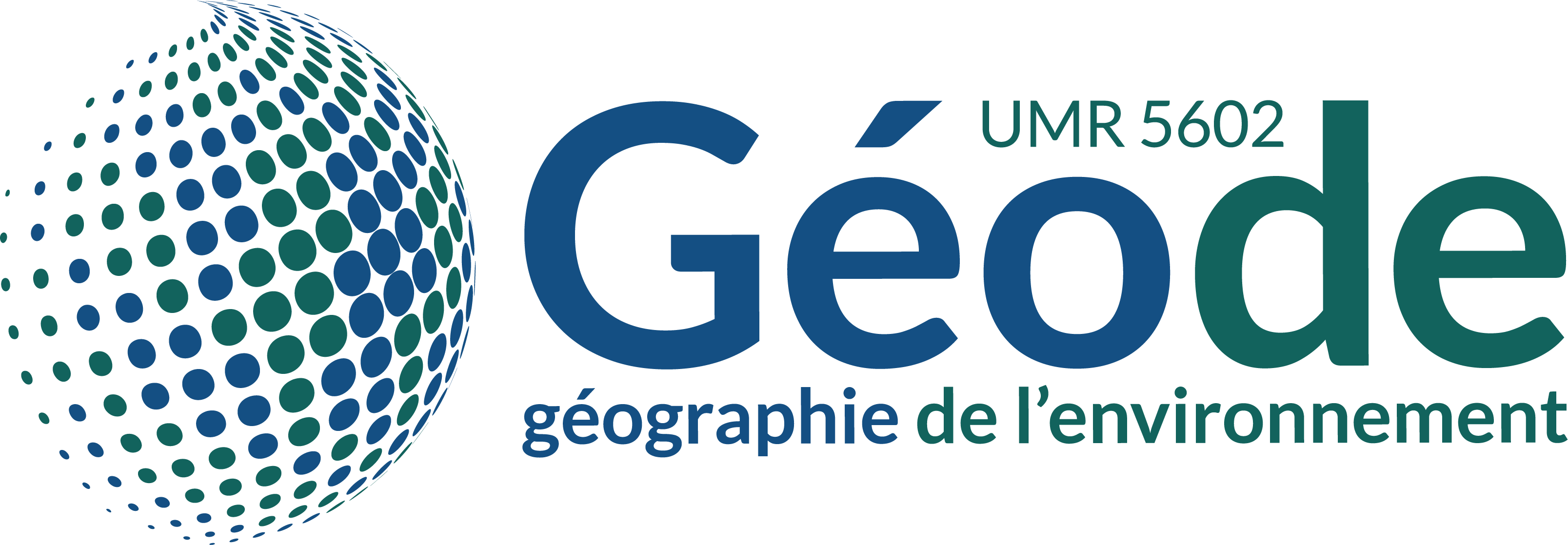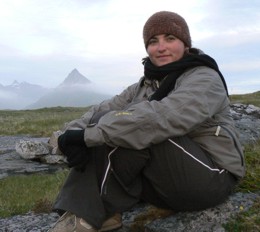-
Partager cette page
Performance of the REVEALS model to reconstruct present mountain vegetation cover in the North-Western Alps: A model evaluation for past land cover reconstruction
Article cosigné Florence Mazier
Publié le 13 février 2025 – Mis à jour le 13 février 2025
This study evaluates the application of the REVEALS model for long-term vegetation reconstruction in the Northwestern Alps, demonstrating its significant improvement in regional vegetation cover estimates compared to raw pollen data, despite challenges related to insect pollination and the complexity of mountain topography

Mountain ecosystems have been significantly shaped by both climate and land use changes. In order to better understand the present status of mountain ecosystems, it is necessary to explore changes over a long-term period, i.e. centuries to millennia. While pollen analyses have provided a strong understanding of Holocene vegetation dynamics in the French Alps, quantitative and spatially detailed pollen-based estimates of vegetation change are still needed. Obtaining such estimates is challenging due to the complexity of mountain landscapes resulting from altitudinal gradients, topography, geology, exposure and anthropogenic activities.
Pollen-based land cover models, such as the Landscape Reconstruction Algorithm (LRA), which corrects for inter-taxonomic differences in pollen production, dispersal and deposition mechanisms, have been developed for quantitative land cover reconstructions, mainly in lowlands. Applying these models in mountainous areas requires careful evaluation of input parameters (e.g. wind speed…) and consideration of the sampling design (i.e. number of sites…).
This study evaluates the performance of the REVEALS model in the North-Western Alps, i.e. the first module of the LRA scheme which aims to reconstruct vegetation at a regional scale. For this purpose, we are comparing raw pollen data (untransformed data), REVEALS estimates, and a contemporary vegetation map.
Our results demonstrate that REVEALS greatly improves estimations of the regional plant abundances (compared to untransformed pollen data), thus providing reliable reconstructions of regional vegetation for the study region. The study further underlines the need to understand the environmental context, in terms of altitudinal gradients of vegetation, atmospheric conditions and transfer processes (e.g. wind, insects, gravity, runoff), to set up model experiments. Furthermore, variability in site-specific topography and environmental conditions should be taken into account when applying REVEALS.
The main limitations for the use of REVEALS in mountain regions concerned the integration of insect pollination and topography conditions. However, the results are very promising, especially when considering land cover types, which are very close to the vegetation map (closer than raw pollen data). The present study demonstrates the potential of REVEALS for long-term reconstructions of vegetation dynamics in mountain regions.
Retrouvez l'intégralité de l'article sur le site de Quaternary Science Reviews
Pollen-based land cover models, such as the Landscape Reconstruction Algorithm (LRA), which corrects for inter-taxonomic differences in pollen production, dispersal and deposition mechanisms, have been developed for quantitative land cover reconstructions, mainly in lowlands. Applying these models in mountainous areas requires careful evaluation of input parameters (e.g. wind speed…) and consideration of the sampling design (i.e. number of sites…).
This study evaluates the performance of the REVEALS model in the North-Western Alps, i.e. the first module of the LRA scheme which aims to reconstruct vegetation at a regional scale. For this purpose, we are comparing raw pollen data (untransformed data), REVEALS estimates, and a contemporary vegetation map.
Our results demonstrate that REVEALS greatly improves estimations of the regional plant abundances (compared to untransformed pollen data), thus providing reliable reconstructions of regional vegetation for the study region. The study further underlines the need to understand the environmental context, in terms of altitudinal gradients of vegetation, atmospheric conditions and transfer processes (e.g. wind, insects, gravity, runoff), to set up model experiments. Furthermore, variability in site-specific topography and environmental conditions should be taken into account when applying REVEALS.
The main limitations for the use of REVEALS in mountain regions concerned the integration of insect pollination and topography conditions. However, the results are very promising, especially when considering land cover types, which are very close to the vegetation map (closer than raw pollen data). The present study demonstrates the potential of REVEALS for long-term reconstructions of vegetation dynamics in mountain regions.
Retrouvez l'intégralité de l'article sur le site de Quaternary Science Reviews





